Home>diy>Building & Construction>What Is VCT In Construction
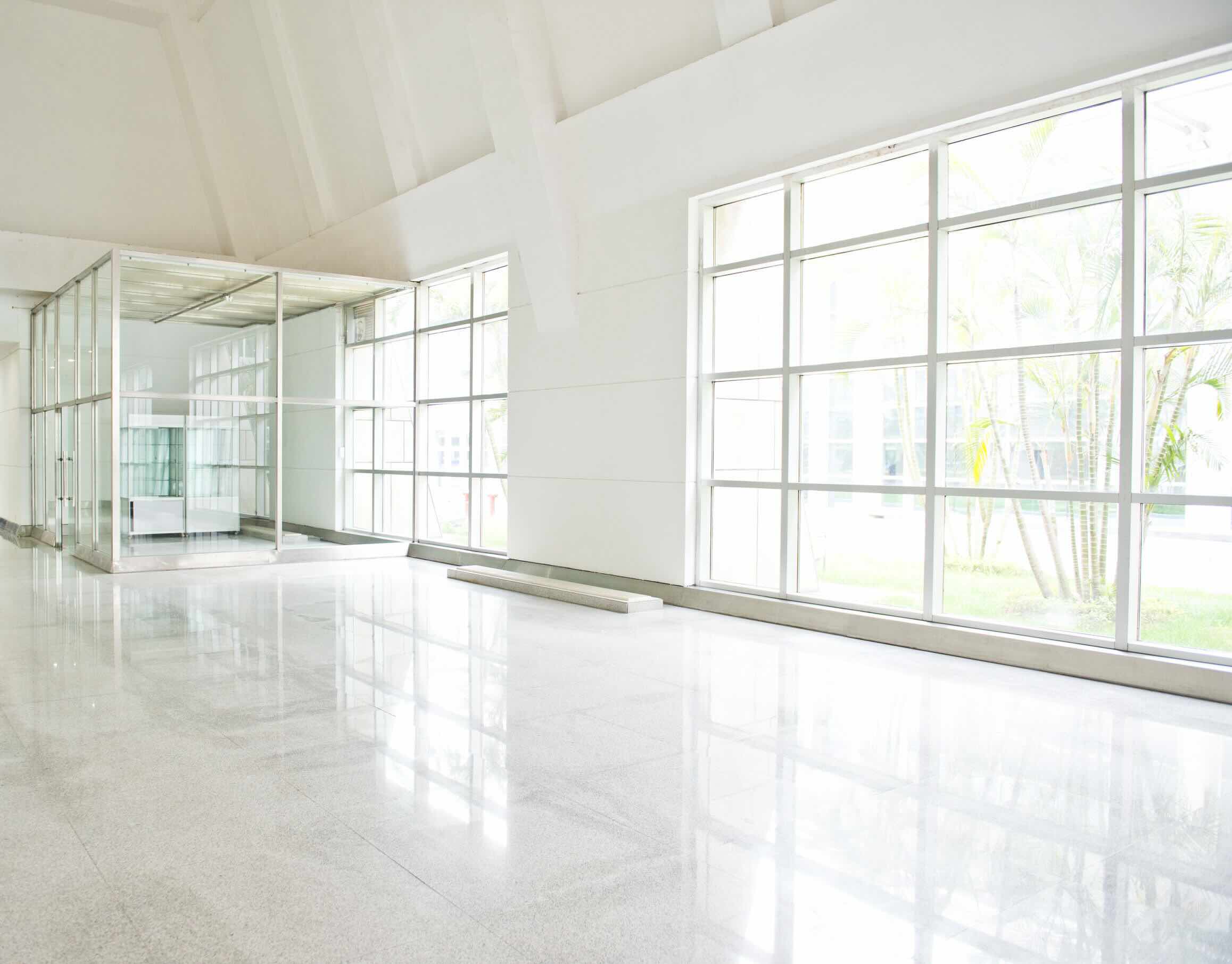

Building & Construction
What Is VCT In Construction
Modified: January 19, 2024
Discover the role of VCT (Vinyl Composition Tile) in building construction and how it enhances durability and aesthetics. Explore its benefits and application methods.
(Many of the links in this article redirect to a specific reviewed product. Your purchase of these products through affiliate links helps to generate commission for Storables.com, at no extra cost. Learn more)
Introduction
When it comes to the world of construction, there are numerous materials and techniques that play a crucial role in creating safe, functional, and aesthetically pleasing structures. One such material that is often used in the construction industry is VCT, which stands for Vinyl Composition Tile.
VCT is a type of resilient flooring that has gained popularity for its durability, affordability, and versatility. It is commonly used in a variety of construction projects, from commercial buildings to residential homes. In this article, we will explore what VCT is, its advantages and disadvantages, as well as its common applications in the construction industry.
Whether you are a construction professional looking for new flooring options or a homeowner planning a renovation, understanding the characteristics and benefits of VCT can help you make informed decisions about incorporating it into your construction projects.
So, let’s dive into the world of VCT in construction and discover why it has become a popular choice for builders and designers alike.
Key Takeaways:
- VCT, or Vinyl Composition Tile, is a resilient and versatile flooring material widely used in construction due to its durability, affordability, and customizable design options, making it suitable for various applications in commercial, residential, and public spaces.
- While VCT offers cost-effective and visually appealing flooring solutions for construction projects, it’s important to consider factors such as maintenance requirements, installation costs, and potential drawbacks like susceptibility to scratches and scuffs, to make informed decisions and ensure long-term satisfaction with the chosen flooring material.
Read more: What Is Construction
Definition of VCT in Construction
Vinyl Composition Tile (VCT) is a type of resilient flooring material that is commonly used in the construction industry. It is composed of a mixture of vinyl resins, fillers, and pigments, which are combined and compressed under high heat and pressure to create sturdy and durable tile-like sheets.
VCT is known for its versatility and affordability, making it a popular choice for various construction projects. It is available in a wide range of colors, patterns, and designs, allowing builders and designers to customize the look and feel of a space. Whether you prefer a traditional monochromatic design or a vibrant pattern, VCT can be tailored to suit your aesthetic preferences.
Furthermore, VCT is designed to withstand heavy foot traffic and wear and tear, making it ideal for high-traffic areas. It is resistant to scratches, dents, and stains, ensuring that it maintains its appearance even in challenging environments. Additionally, VCT is also resistant to moisture and humidity, which makes it suitable for installation in areas prone to spills or moisture buildup.
Another benefit of VCT is its ease of installation. It can be installed using a variety of methods, including adhesive, which allows for a quick and efficient installation process. This makes it a preferred choice for construction projects with tight schedules or budget constraints.
Overall, VCT in construction offers a cost-effective and durable flooring solution that can be customized to fit various design preferences and withstand heavy use. Its versatility, durability, and affordability have made it a popular choice for builders, designers, and homeowners alike.
Advantages of VCT in Construction
Vinyl Composition Tile (VCT) offers several advantages that make it a preferred choice for construction projects. Let’s explore some of the key benefits of using VCT:
- Durability: VCT is highly durable and can withstand heavy foot traffic, making it suitable for high-traffic areas such as retail stores, schools, hospitals, and offices. Its resilience helps it maintain its appearance even in challenging environments.
- Affordability: Compared to other flooring options, VCT is relatively cost-effective. It offers a budget-friendly solution without compromising on quality or style. This makes it an attractive choice for construction projects with tight budgets.
- Versatility: VCT is available in a wide range of colors, patterns, and designs. This versatility allows builders and designers to create unique and customized looks for different spaces. Whether you’re aiming for a classic, modern, or eclectic look, VCT can be tailored to match your design vision.
- Easy Maintenance: VCT requires minimal maintenance and is easy to clean. Regular sweeping and damp mopping are usually sufficient to keep it looking its best. Stains and spills can be easily wiped up without leaving any lasting damage. This low maintenance requirement makes it ideal for busy environments.
- Installation Flexibility: VCT can be installed using different methods, such as glue-down or loose-lay installation. This flexibility allows for easier installation, even in irregularly shaped rooms or areas where other flooring options may present challenges.
- Moisture Resistance: VCT is resistant to moisture and humidity, making it suitable for installation in areas prone to spills or moisture buildup, such as kitchens, bathrooms, and basements.
- Health and Safety: VCT is known for its slip-resistant properties, providing a safer environment for occupants. It also does not harbor allergens or mold, contributing to better indoor air quality and a healthier living or working space.
These advantages collectively make VCT a popular choice in the construction industry. Its durability, affordability, versatility, and low maintenance requirements make it an excellent flooring solution for a wide range of applications.
Disadvantages of VCT in Construction
While there are numerous advantages to using Vinyl Composition Tile (VCT) in construction, it is important to consider the potential drawbacks as well. Here are some of the main disadvantages associated with VCT:
- Prone to Scratches and Scuffs: Despite its durability, VCT is susceptible to scratches and scuffs, especially in high-traffic areas. This can detract from its appearance over time, requiring regular maintenance and occasional refinishing to restore its original shine.
- Limited Noise Insulation: VCT does not provide significant noise insulation. Consequently, noise from foot traffic or other activities can be more noticeable, especially in multi-level buildings or spaces where noise reduction is a priority.
- Higher Installation and Preparation Costs: While VCT itself is an affordable material, the installation process can be more involved and time-consuming compared to other flooring options. Proper surface preparation, including leveling the subfloor and applying adhesive, is crucial to ensure a long-lasting and stable installation. This additional preparation can lead to increased labor and installation costs.
- Potential for Moisture Damage: While VCT is resistant to moisture, it is not completely impervious to water damage. In areas with excess moisture or when not properly sealed, moisture can seep into the tile seams or beneath the flooring, causing potential damage over time.
- Limited Temperature Resistance: VCT can expand or contract with extreme temperature fluctuations. This may lead to tile shrinkage or expansion, resulting in gaps or buckling. Therefore, it may not be the best flooring option for environments with significant temperature variations.
- Challenging to Repair: In the event of damage or wear, repairing individual VCT tiles can be tricky. It may be difficult to find an exact color match with older or discontinued tile designs, which can result in noticeable differences in the repair area.
- Longer Off-gassing Period: Newly installed VCT may release volatile organic compounds (VOCs) and off-gas for a period of time after installation, contributing to indoor air pollution. It is recommended to allow for sufficient ventilation in the space during and after installation to minimize these effects.
These disadvantages serve as considerations when choosing VCT for construction projects. While VCT remains a popular and practical flooring option, it is essential to weigh its drawbacks against its benefits to make an informed decision, ensuring the best outcome for your specific project requirements.
Common Applications of VCT in Construction
Vinyl Composition Tile (VCT) is a versatile flooring material that finds a wide range of applications in the construction industry. Its durability, affordability, and customizable design options make it a popular choice for various spaces. Let’s explore some of the common applications of VCT:
- Commercial Buildings: VCT is commonly used in commercial buildings such as retail stores, restaurants, offices, and healthcare facilities. Its ability to withstand heavy foot traffic and its low maintenance requirements make it an excellent flooring solution for these high-traffic areas.
- Educational Institutions: VCT is often installed in schools, colleges, and universities, where durability is essential due to the constant movement of students, staff, and furniture. It also allows for easy maintenance in educational settings.
- Healthcare Facilities: In hospitals, clinics, and nursing homes, hygiene and cleanliness are critical. VCT’s resistance to moisture and its easy-to-clean surface make it a suitable choice for healthcare environments where infection control is important.
- Residential Buildings: VCT is increasingly being used in residential construction projects. It can be installed in areas such as kitchens, bathrooms, basements, and entryways, where moisture and high foot traffic are common. VCT’s design versatility also allows homeowners to create unique looks in their living spaces.
- Retail Spaces: VCT is a popular choice for retail environments due to its easy maintenance and ability to withstand heavy loads from racks, displays, and foot traffic. Its wide range of design options also allows for brand customization to match the overall store aesthetic.
- Public Facilities: VCT is often used in public facilities such as community centers, libraries, museums, and government buildings. Its durability, cost-effectiveness, and customization options make it suitable for these diverse spaces.
- Industrial Settings: VCT is sometimes used in industrial settings where there is a need for a durable and easy-to-clean floor. Its resistance to chemicals and impact helps it withstand the demands of warehouses, factories, and storage areas.
- Hospitality Industry: Hotels, resorts, and other hospitality establishments can benefit from VCT’s durability, easy maintenance, and design versatility. It can be used in guest rooms, lobbies, hallways, and other common areas.
- Temporary Structures: VCT can also be used in temporary structures such as exhibition booths, trade show displays, and event venues. Its ease of installation and removal makes it a preferred choice for such applications.
These are just a few examples of where VCT can be utilized in the construction industry. The versatility and practicality of VCT make it a viable option for numerous spaces, providing a durable and visually appealing flooring solution.
When considering VCT (Vinyl Composition Tile) in construction, be sure to properly prepare the subfloor to ensure a smooth and long-lasting installation. This includes removing any existing flooring, repairing any imperfections, and using the appropriate adhesive.
Read more: What Is Retrofit In Construction
VCT Installation Process in Construction
The installation process of Vinyl Composition Tile (VCT) involves several steps to ensure a successful and long-lasting flooring installation. Here is an overview of the VCT installation process in construction:
- Surface Preparation: The first step in VCT installation is preparing the surface. The subfloor needs to be clean, smooth, dry, and free from any debris, oil, or grease. It may require sanding, patching, or leveling to create a smooth and even surface for the VCT installation.
- Layout and Planning: Once the subfloor is prepared, it’s time to plan the layout of the VCT tiles. This involves measuring the space and determining the best starting point and direction for the tile installation. Planning the layout in advance helps ensure a visually appealing and symmetrical final result.
- Adhesive Application: After the layout is finalized, an adhesive is applied to the subfloor using a trowel. The adhesive should be spread evenly and consistently, following the manufacturer’s instructions. It is important to work in smaller sections to prevent the adhesive from drying out before the tiles are installed.
- Tile Installation: Once the adhesive is applied, VCT tiles are carefully placed onto the subfloor. It is crucial to align the tiles properly according to the predetermined layout. Gentle pressure should be applied to ensure proper bonding with the adhesive. It’s recommended to use a roller to go over the installed tiles to ensure a strong bond between the tile and the subfloor.
- Seam Cutting and Heat Welding (Optional): In some cases, depending on the design and layout, seams may be necessary where tiles meet. These seams can be cut and heat welded to create a smoother and more seamless appearance. Heat welding involves using a heat gun and a welding rod to melt and fuse the seams together.
- Finishing Touches: After the tile installation is complete, any excess adhesive should be removed from the surface. The edges and corners should be inspected for any loose tiles or gaps. Finally, baseboards or transition strips can be installed to provide a finished and polished look.
It is important to note that the installation process may vary depending on the specific manufacturer’s guidelines. It is recommended to follow the instructions provided by the manufacturer to ensure a proper and successful installation. Hiring a professional flooring installer with experience in VCT installation is also advisable to ensure its proper execution.
By following these steps and ensuring proper preparation, installation, and finishing, you can achieve a high-quality VCT installation in your construction project.
Maintenance and Care of VCT in Construction
Maintaining and caring for Vinyl Composition Tile (VCT) is essential to preserve its appearance, longevity, and functionality. Here are some maintenance and care tips for VCT in construction:
- Regular Cleaning: Routine cleaning is necessary to keep VCT floors in good condition. Sweep or vacuum the floor on a daily basis to remove loose dirt and debris. Use a damp mop with a pH-neutral cleaner specifically designed for VCT to remove any stains or spills. Avoid using abrasive cleaners, as they can damage the surface of the tiles.
- Preventive Measures: Place doormats or entrance mats at the entry points of the building to prevent dirt, grit, and moisture from being tracked onto the VCT floor. Using felt pads or furniture glides under heavy furniture can also help prevent scratches and scuffs.
- Stain Removal: Promptly clean up any spills on the VCT floor to prevent staining. Use a soft cloth or sponge and a mild detergent to gently remove stains. For stubborn stains, a mixture of water and white vinegar can be applied. Avoid using harsh chemicals or abrasive scrubbers that can damage the surface.
- Protective Coatings and Waxing: Applying a protective coating or wax to the VCT floor can enhance its durability and shine. This protective layer acts as a barrier against stains, scratches, and wear. Follow the manufacturer’s recommendations for the type and frequency of coating or waxing required.
- Regular Maintenance and Polishing: As VCT ages, it may start to lose its shine. Regular maintenance and occasional polishing can help restore its luster. A low-speed buffing machine or a high-speed burnisher can be used to polish the floor, rejuvenating its appearance. Again, follow the manufacturer’s instructions for the appropriate polishing products and techniques.
- Spot Repairs: If a section of the VCT floor gets damaged or worn over time, spot repairs can be done to replace individual tiles. Remove the damaged tile, clean the area, apply new adhesive, and install the replacement tile. It is advisable to keep spare VCT tiles from the original installation for future repairs.
- Regular Inspections: Periodically inspect the VCT floor for any signs of damage, loose tiles, or wear. Address any issues promptly to prevent further damage and maintain the integrity of the floor.
Remember, proper maintenance and care will extend the lifespan of VCT, keeping it looking its best for years to come. Regular cleaning, preventive measures, and proper maintenance techniques will help preserve the beauty and functionality of your VCT flooring in construction projects.
Cost Analysis of VCT in Construction
When considering flooring options for construction projects, cost is a crucial factor. Vinyl Composition Tile (VCT) offers a cost-effective solution compared to other flooring materials. Here is a cost analysis of using VCT in construction:
- Material Cost: The cost of VCT varies depending on factors such as quality, design, and brand. On average, VCT can range from $0.50 to $5.00 per square foot. Higher-quality and more intricate designs may come with a higher price tag, while basic and generic options are more affordable. It is important to consider the desired aesthetic and budget constraints when selecting the type of VCT.
- Installation Cost: The installation cost of VCT involves labor, adhesive, tools, and preparation. The cost can vary depending on the complexity of the installation and the region’s labor rates. On average, the installation cost can range from $2.00 to $5.00 per square foot. It is recommended to get quotes from reputable flooring contractors to get a more accurate estimate for your specific project.
- Maintenance Cost: VCT is known for its low maintenance requirements, which can help reduce long-term costs. Regular cleaning and occasional polishing are typically the main maintenance tasks. The cost of cleaning solutions, wax, and additional labor for periodic maintenance should be factored into the overall cost analysis. However, these costs are generally minimal compared to more high-maintenance flooring options.
- Longevity and Durability: VCT is a durable flooring material that can withstand heavy foot traffic and wear. With proper maintenance and care, VCT can last for decades. Its longevity contributes to its cost-effectiveness, as there is no need for frequent replacement or significant repairs.
- Life Cycle Cost: When evaluating the cost of VCT, it is important to consider the life cycle cost. Although the initial installation cost may be lower compared to other flooring types, the long-term maintenance and replacement costs should be taken into account. VCT’s resilience and durability can potentially save money over time by reducing the need for frequent repairs or replacements.
It is worth mentioning that the cost analysis may vary based on the size of the project, geographical location, and specific project requirements. Additionally, it is recommended to obtain quotes from reputable suppliers and contractors to get a more accurate cost assessment based on your unique construction project.
Considering its affordable material cost, relatively lower installation cost, and minimal maintenance requirements, VCT presents a cost-effective flooring option for construction projects without compromising on durability and aesthetics.
Conclusion
Vinyl Composition Tile (VCT) has become a popular choice in the construction industry due to its numerous advantages. Its durability, affordability, and versatility make it an appealing option for a wide range of applications. Whether in commercial buildings, educational institutions, healthcare facilities, or residential homes, VCT offers a practical and cost-effective flooring solution.
The definition of VCT in construction highlights its composition of vinyl resins, fillers, and pigments, which are compressed to create sturdy and durable tile-like sheets. This material is known for its ability to withstand heavy foot traffic, its resistance to scratches and stains, and its ease of installation.
Advantages of VCT include its affordability, versatility, and easy maintenance. It offers a wide range of design options, making it suitable for various aesthetic preferences. From traditional monochromatic designs to vibrant patterns, VCT can transform any space into a visually appealing environment. It requires minimal maintenance and can be easily cleaned with regular sweeping and mopping.
However, it is important to consider the disadvantages of VCT as well. It can be prone to scratches and scuffs, and its installation process may require more time and effort compared to other flooring options. Additionally, it has limited noise insulation and may require periodic waxing or coating to maintain its appearance.
VCT finds common applications in commercial buildings, educational institutions, healthcare facilities, residential spaces, retail environments, and more. Its durability and resistance to moisture make it suitable for high traffic areas, while its design versatility allows for customization to match any space’s aesthetic requirements.
Proper installation and maintenance are key to maximizing the lifespan of VCT. The installation process involves surface preparation, layout planning, adhesive application, and tile installation. Routine cleaning, preventive measures, and occasional polishing are essential for maintaining VCT’s appearance and functionality.
In terms of cost analysis, VCT offers a cost-effective solution compared to other flooring materials. The material and installation costs are relatively affordable, and its low maintenance requirements contribute to long-term cost savings. Its durability and longevity reduce the need for frequent repairs or replacements.
In conclusion, Vinyl Composition Tile (VCT) is a versatile and practical flooring option for construction projects. Its durability, affordability, and design flexibility make it a preferred choice for builders, designers, and homeowners alike. By understanding its characteristics, advantages, and proper maintenance, VCT can be utilized to create visually appealing and long-lasting spaces in the construction industry.
Frequently Asked Questions about What Is VCT In Construction
Was this page helpful?
At Storables.com, we guarantee accurate and reliable information. Our content, validated by Expert Board Contributors, is crafted following stringent Editorial Policies. We're committed to providing you with well-researched, expert-backed insights for all your informational needs.
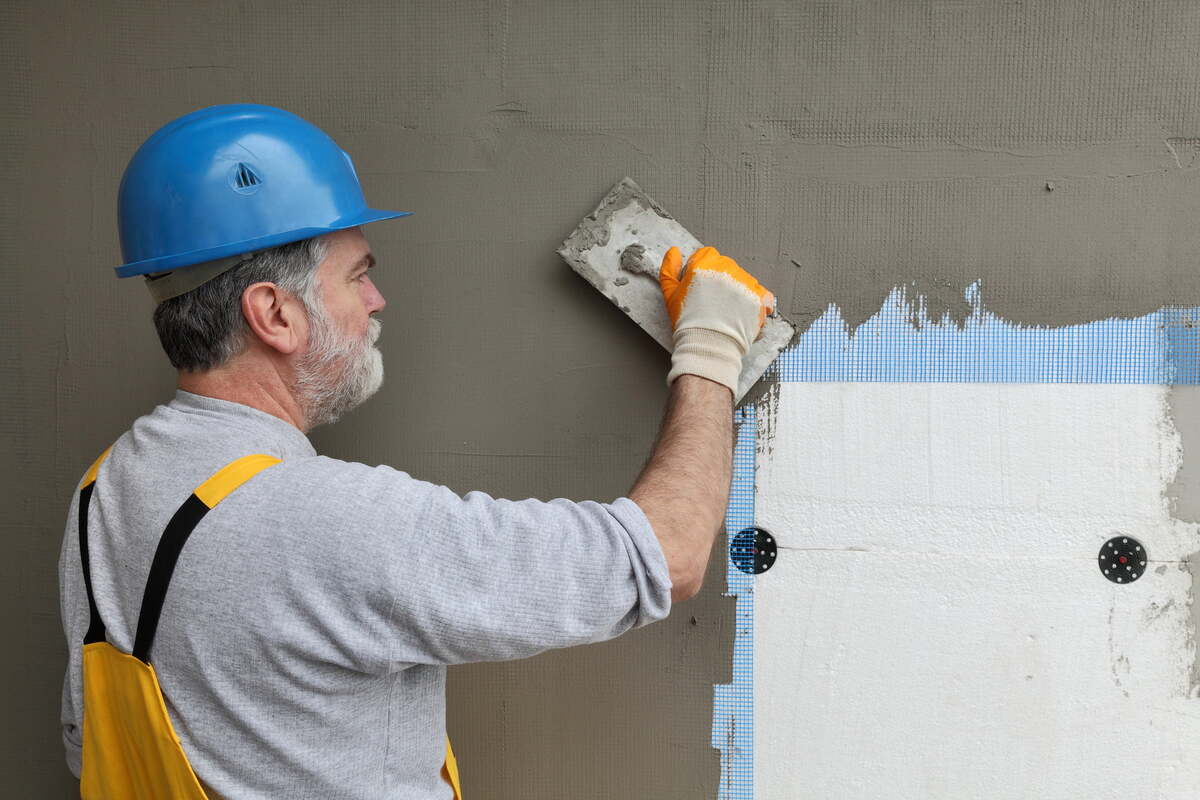
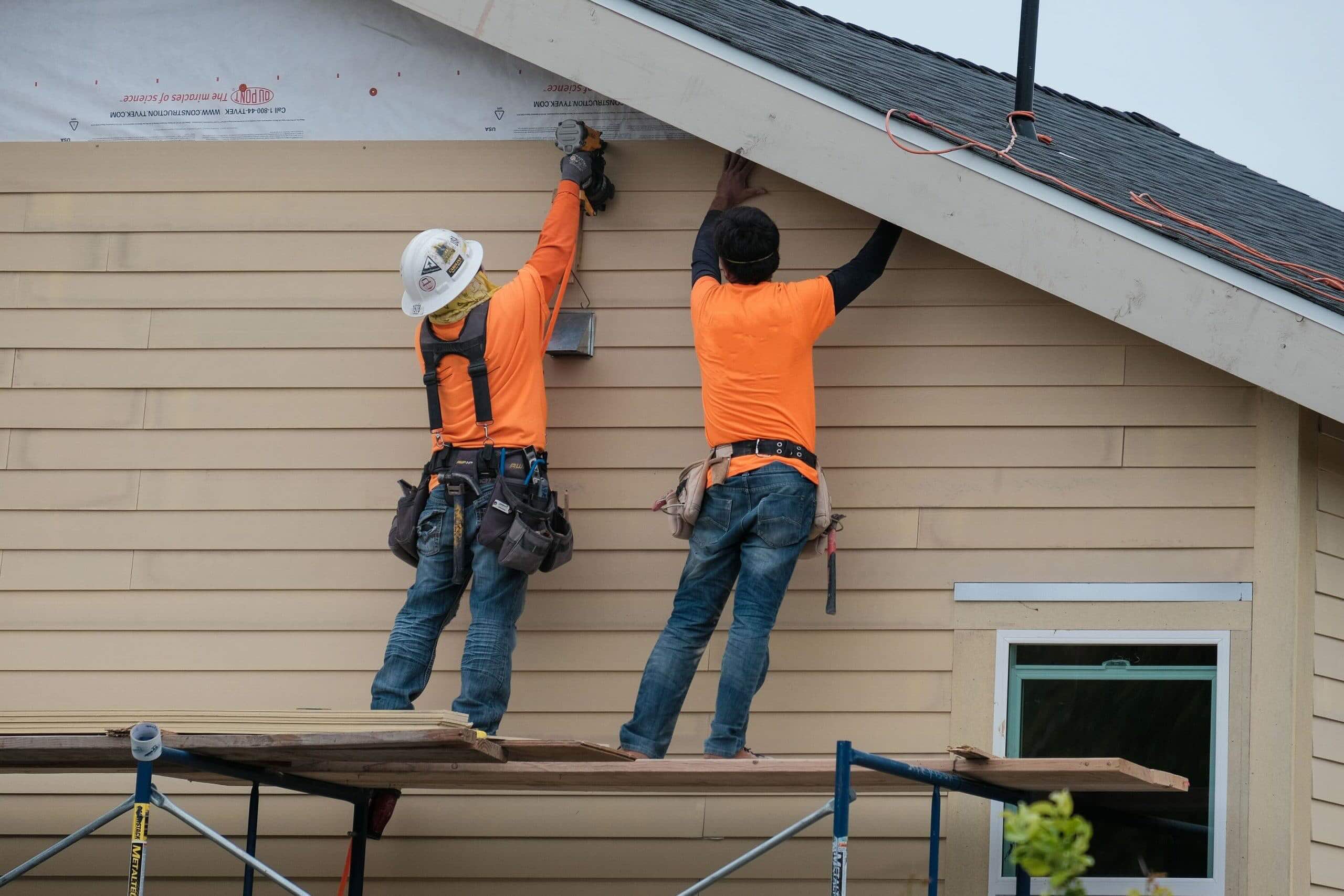
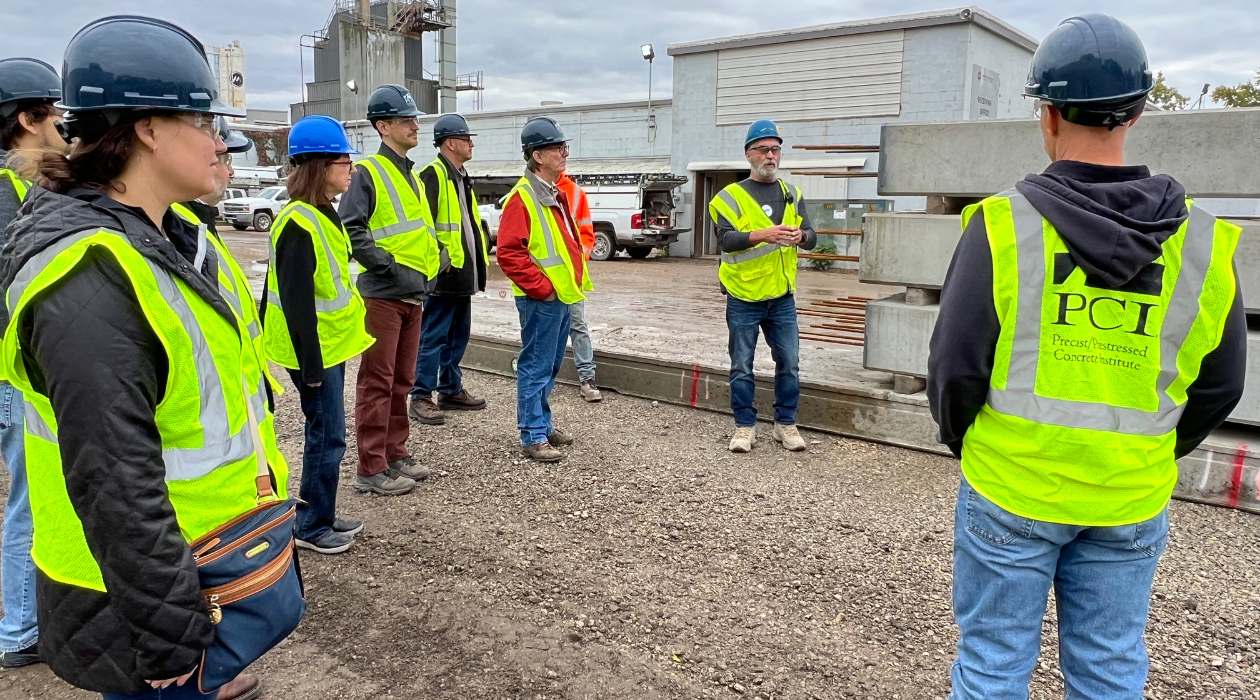
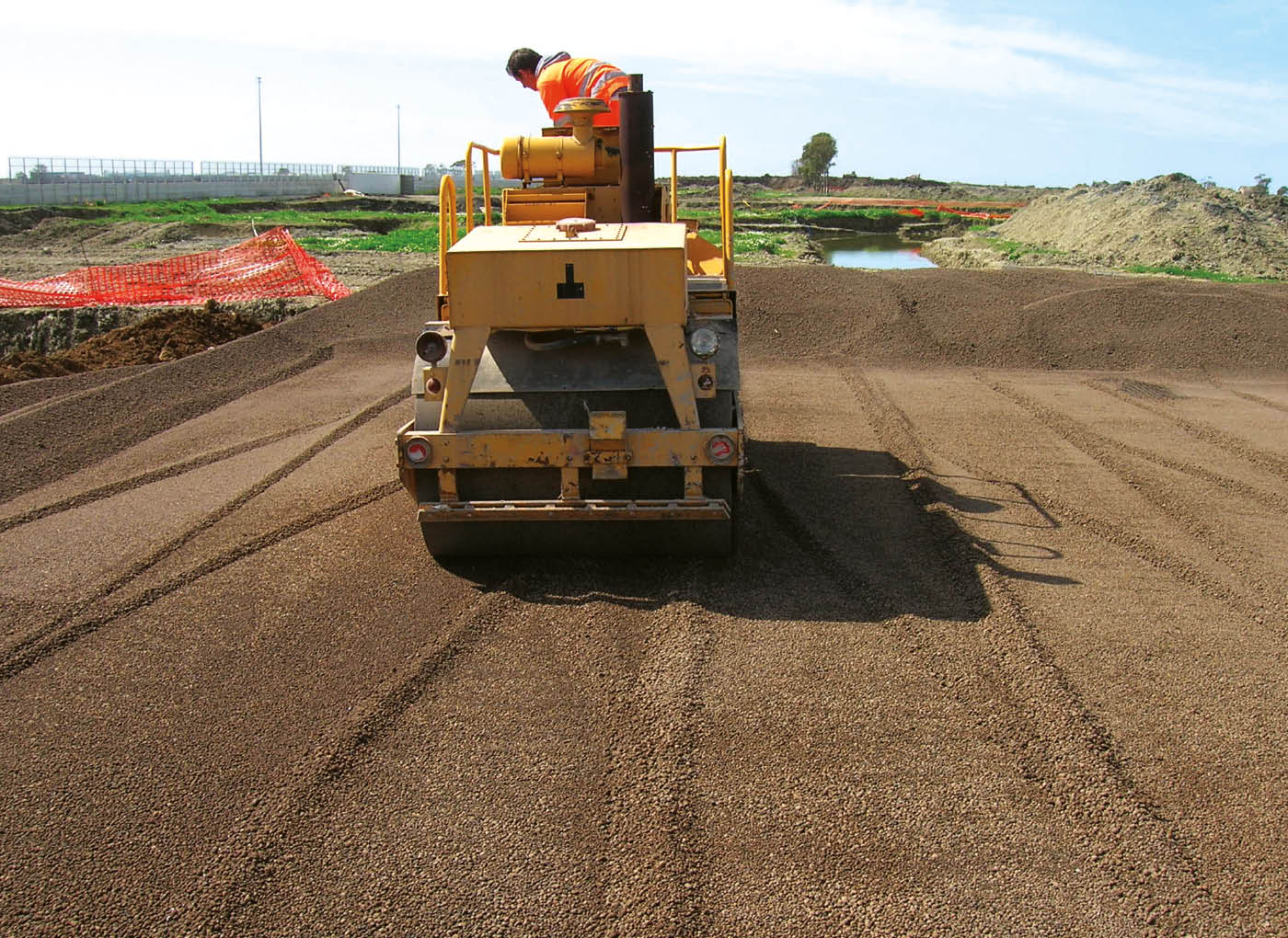

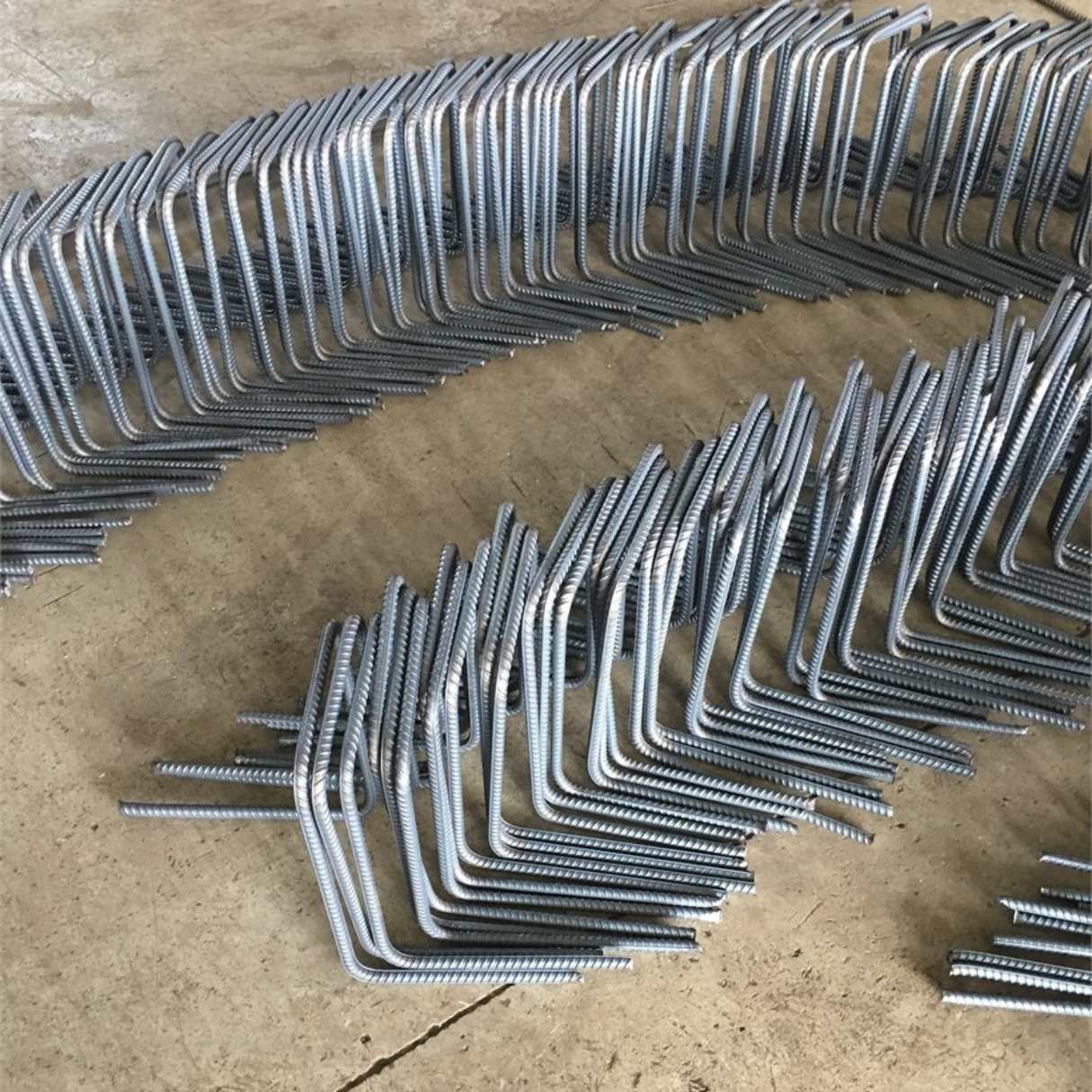
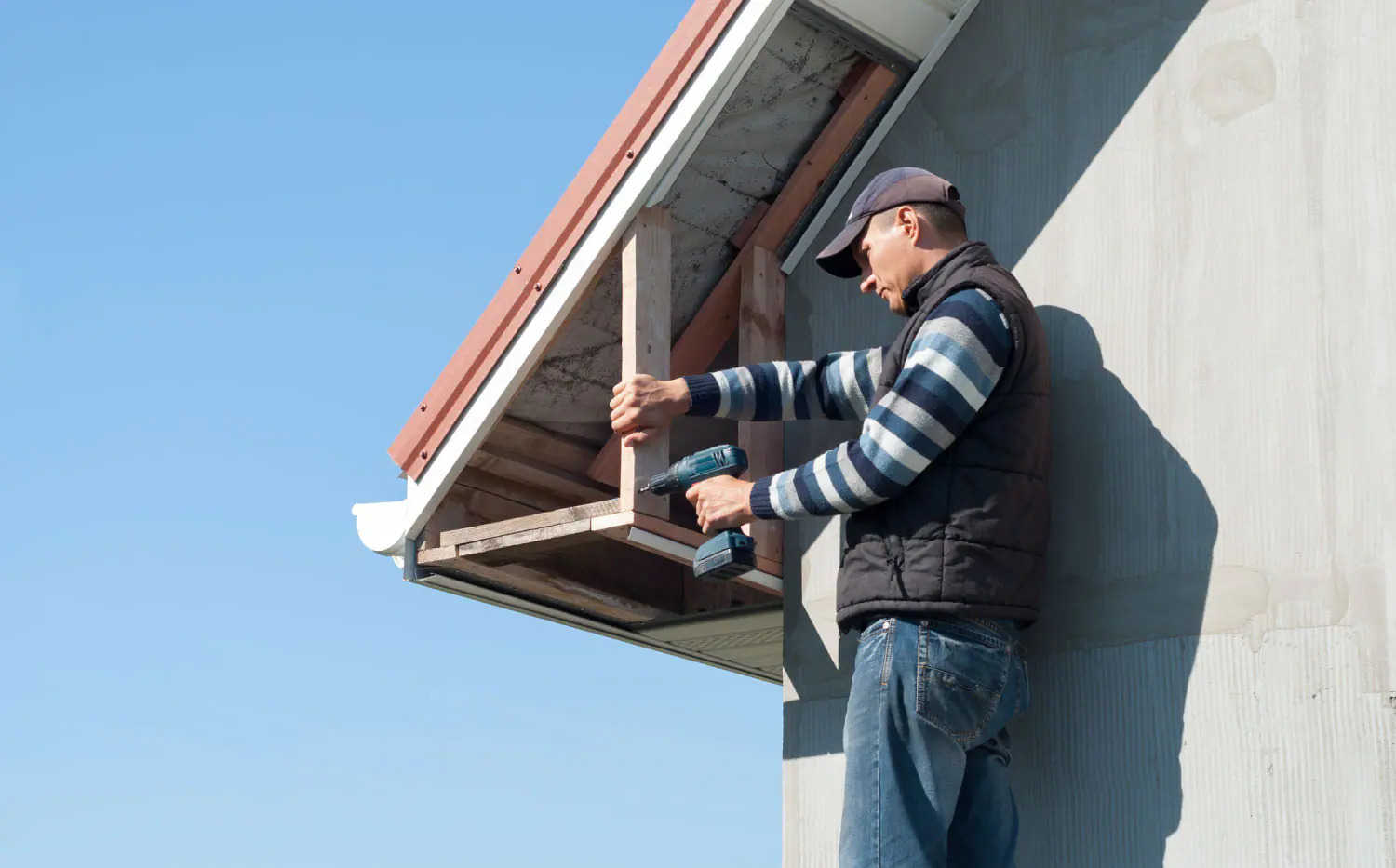
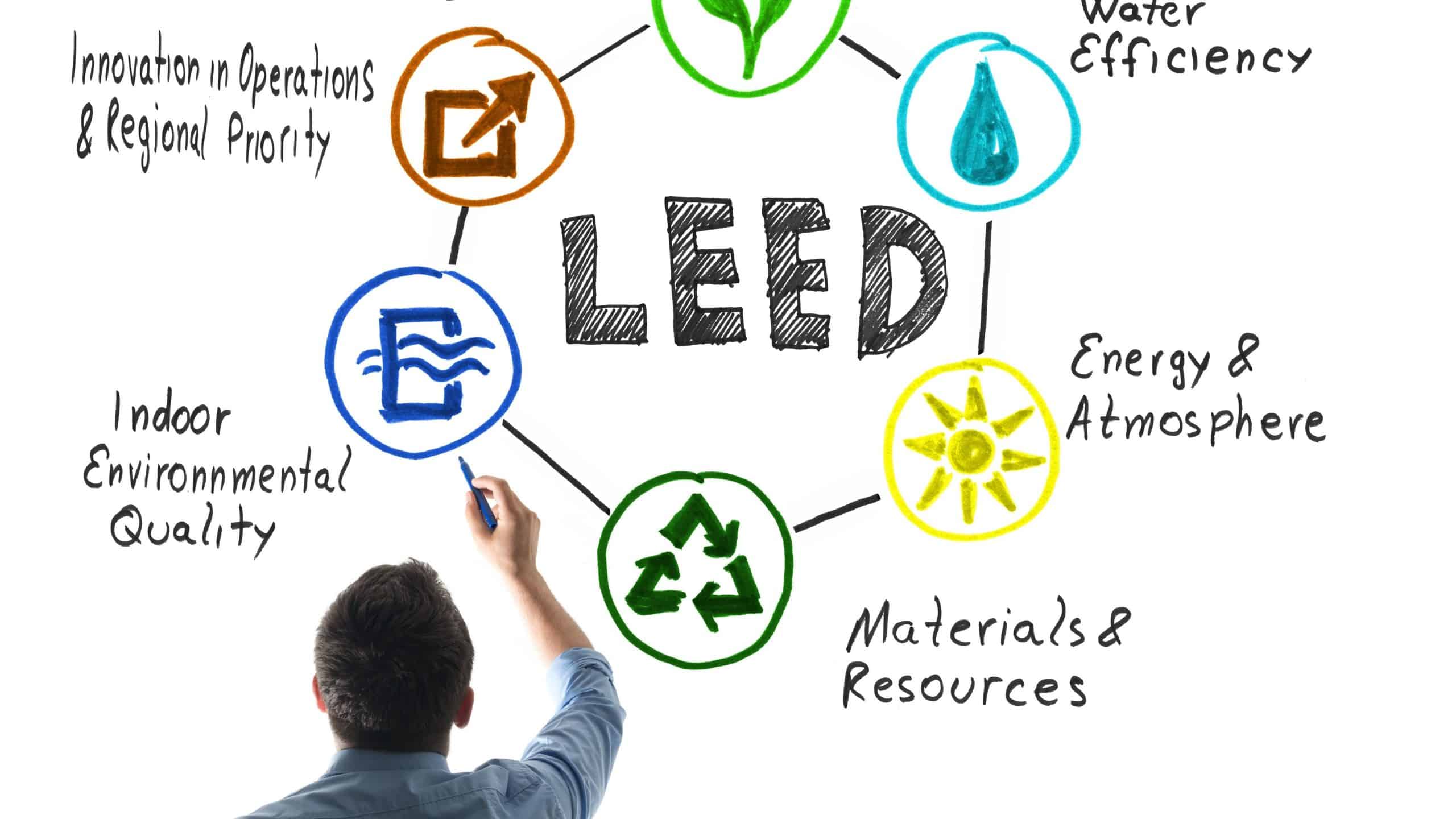
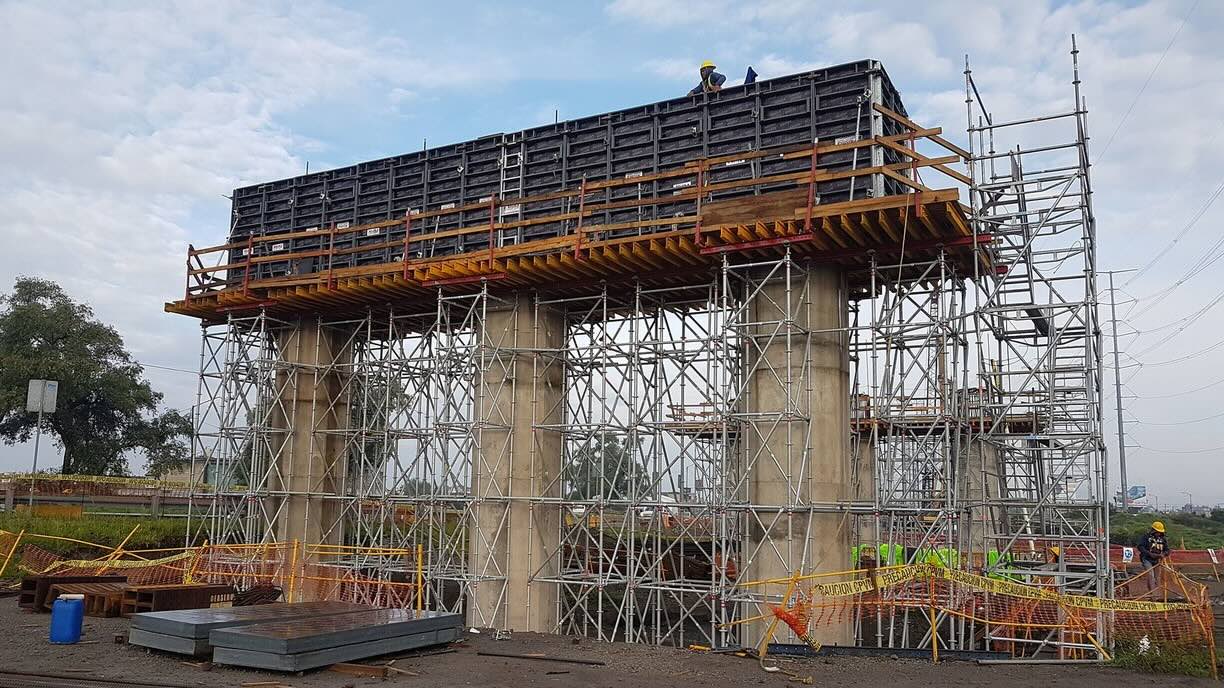
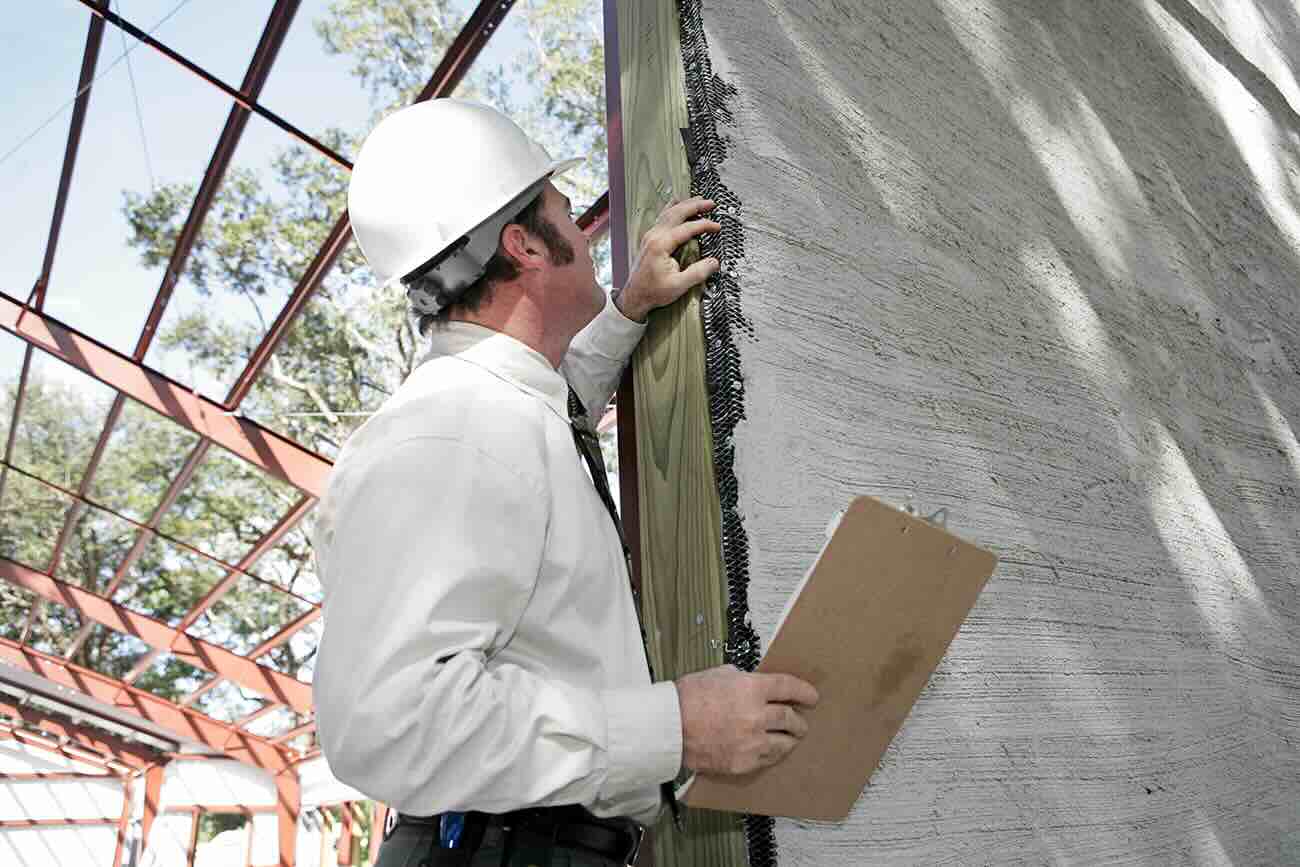

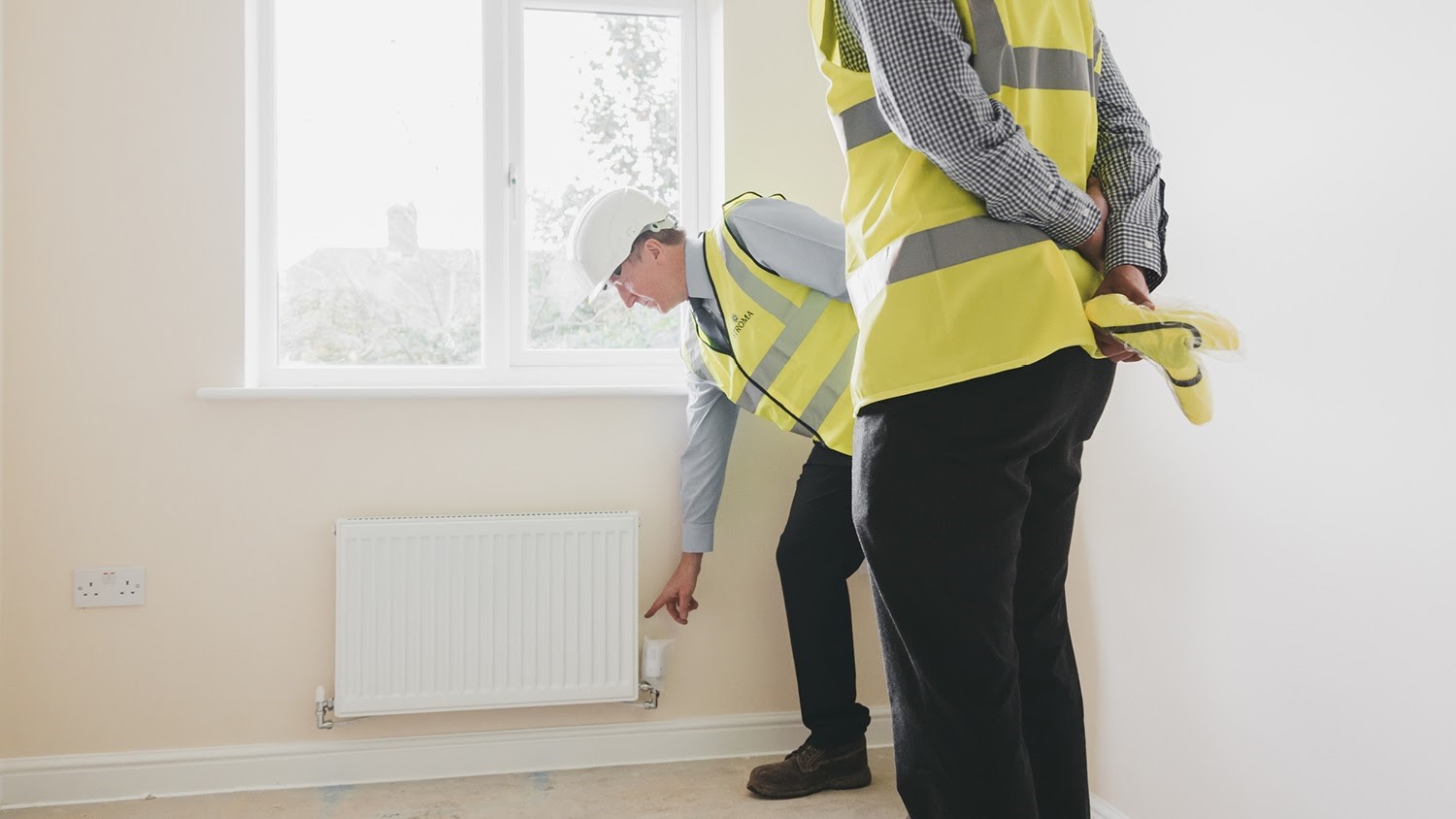
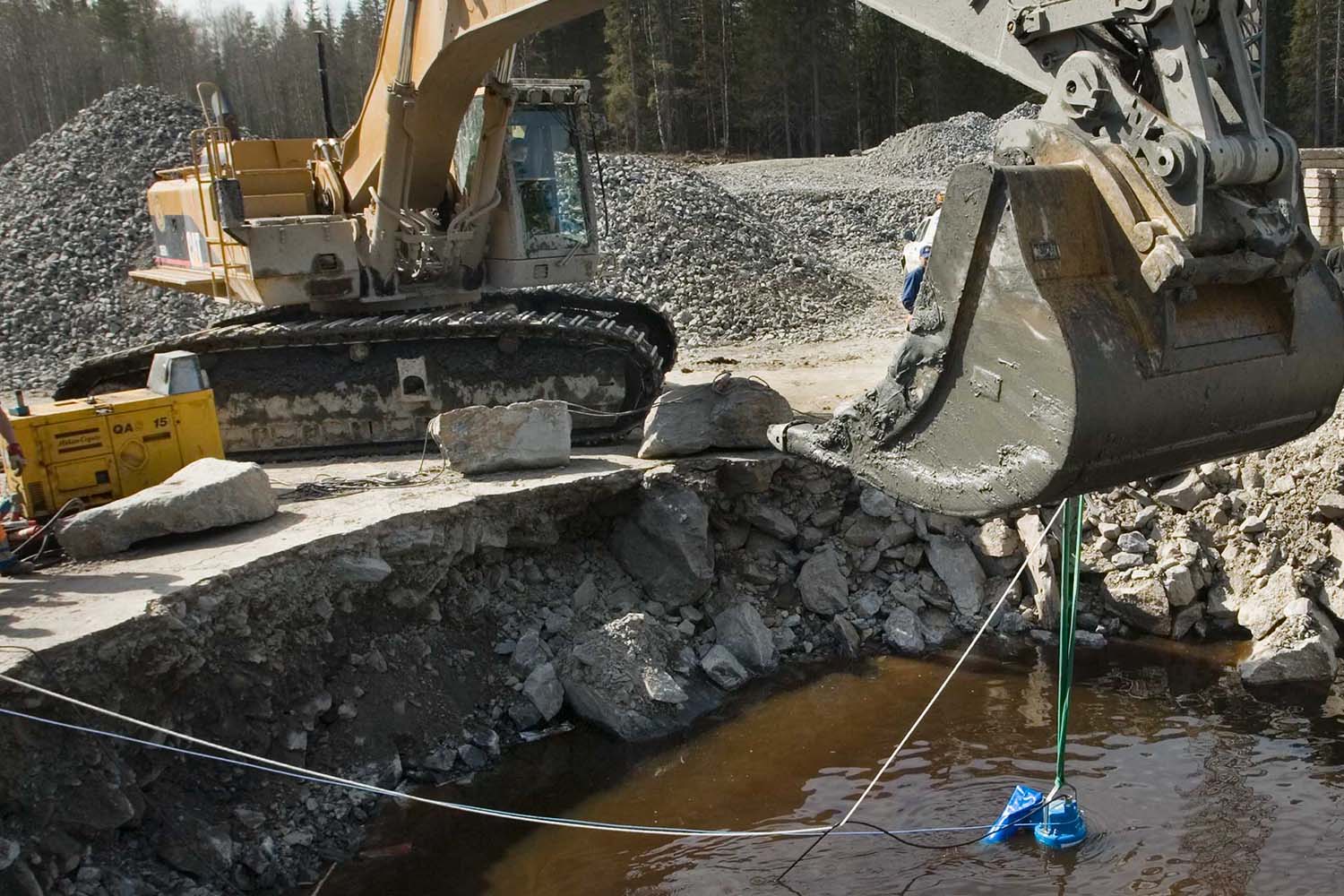


0 thoughts on “What Is VCT In Construction”